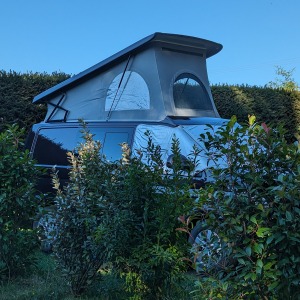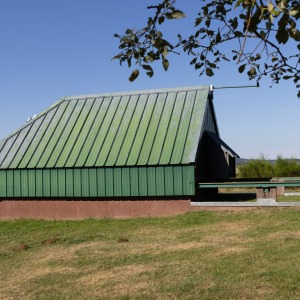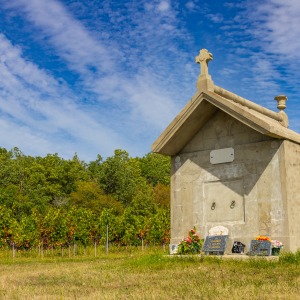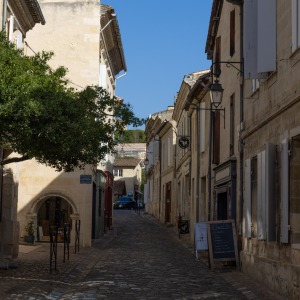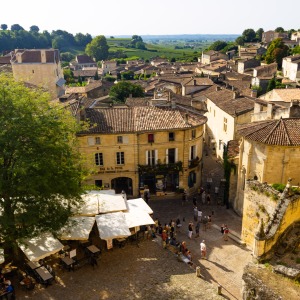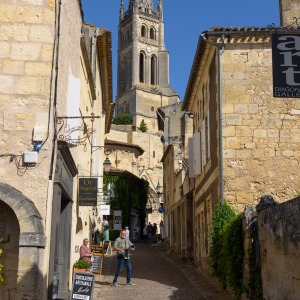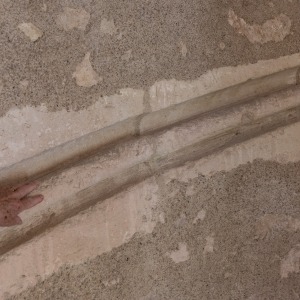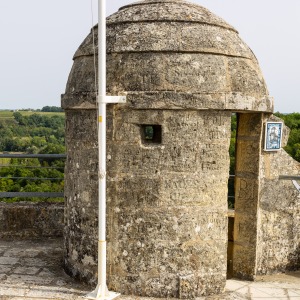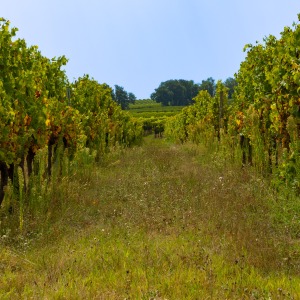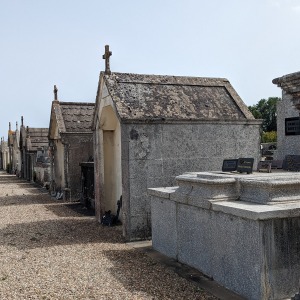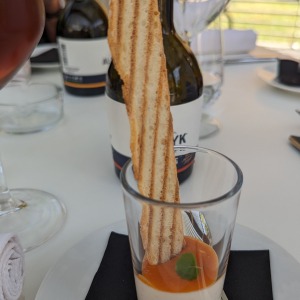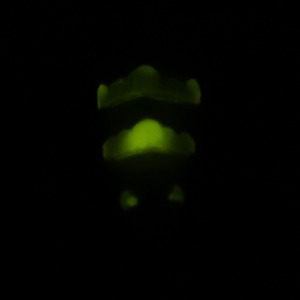11th September 2023
Rain at some time before 7am. I was forced outside to ensure the induction hob was not getting wet. Of course the rain immediately stopped.
I set out for a walk over 3 volcanoes. They were Puy de la Rodde, Puy de Charmont, and Puy de Vichatel. Unfortunately I seem to have lost the track for the first volcanoe, and only have the track from the top of Puy de Charmont. Odd because I was using the app in tracking mode to see where I was going. Somehow I deleted it, or it was not saved. The first hill, there was no official route to the actual top. Easy long walk, then some off-piste walking to get to the top. A tree! Going back easy paths in the main.

On to the next peak, I had to walk through a local village, a short interaction with villagers and their dogs, cut short with my “Je ne parle pas le Francais”.
Followed the the path to the next volcano. This one seemed a straight up and down. The peak on the map does not coincide with the actual height point where there was a desolate pile of stones.
Then down a steep gradient, blocked by a felled tree. Walked across a road, and then a gradient up to a third peak. This was a gentler walk up.
I saw nobody on this walk so far other than the two women and their dogs. Nobody else.
There was now a ground level walk back, during this I saw another 4 people on paths nearby, a cyclist coming from the opposite direction, and a rucksack carrying woman heading in my direction
It was about 12-14 km for the walk. Somehow, I lost part of the track on the phone, so I can’t be entirely sure.
Shower today, my feet well beat up and dirty.
Supper was puy lentils, sausages, onions, red pepper. Another one pot excellent meal on the induction hob.
A Belgian VW T25 parked next to us. From the 80s which has been in the family for 25 years.
The French girls were very much quieter tonight, or we dropped off from tiredness.
All washing up completed as we are moving on tomorrow.















